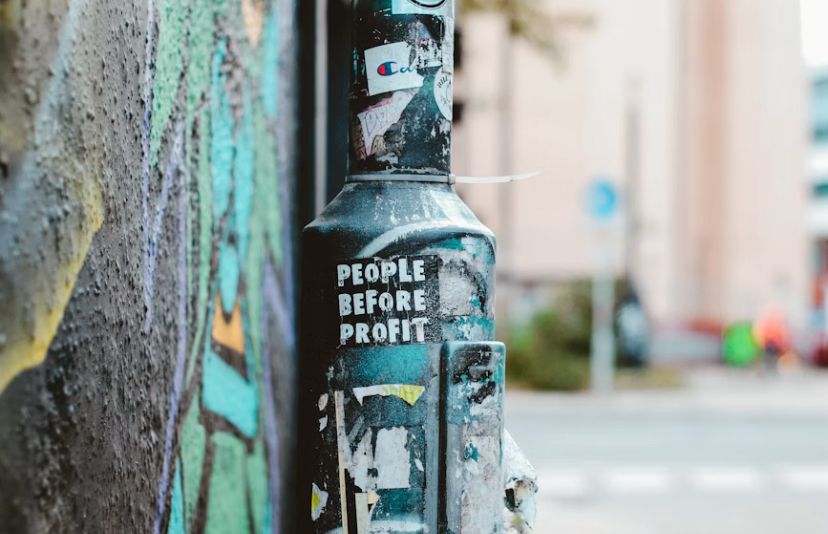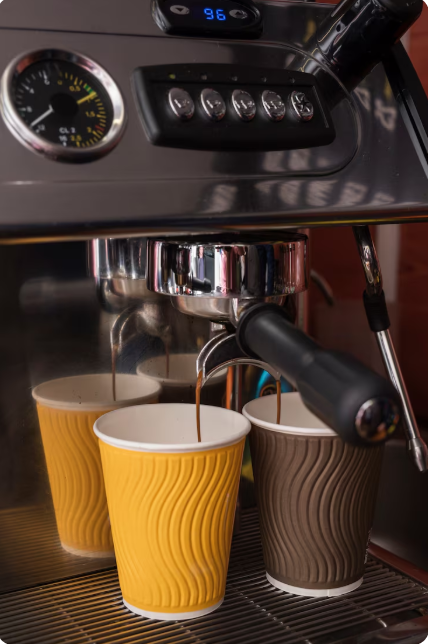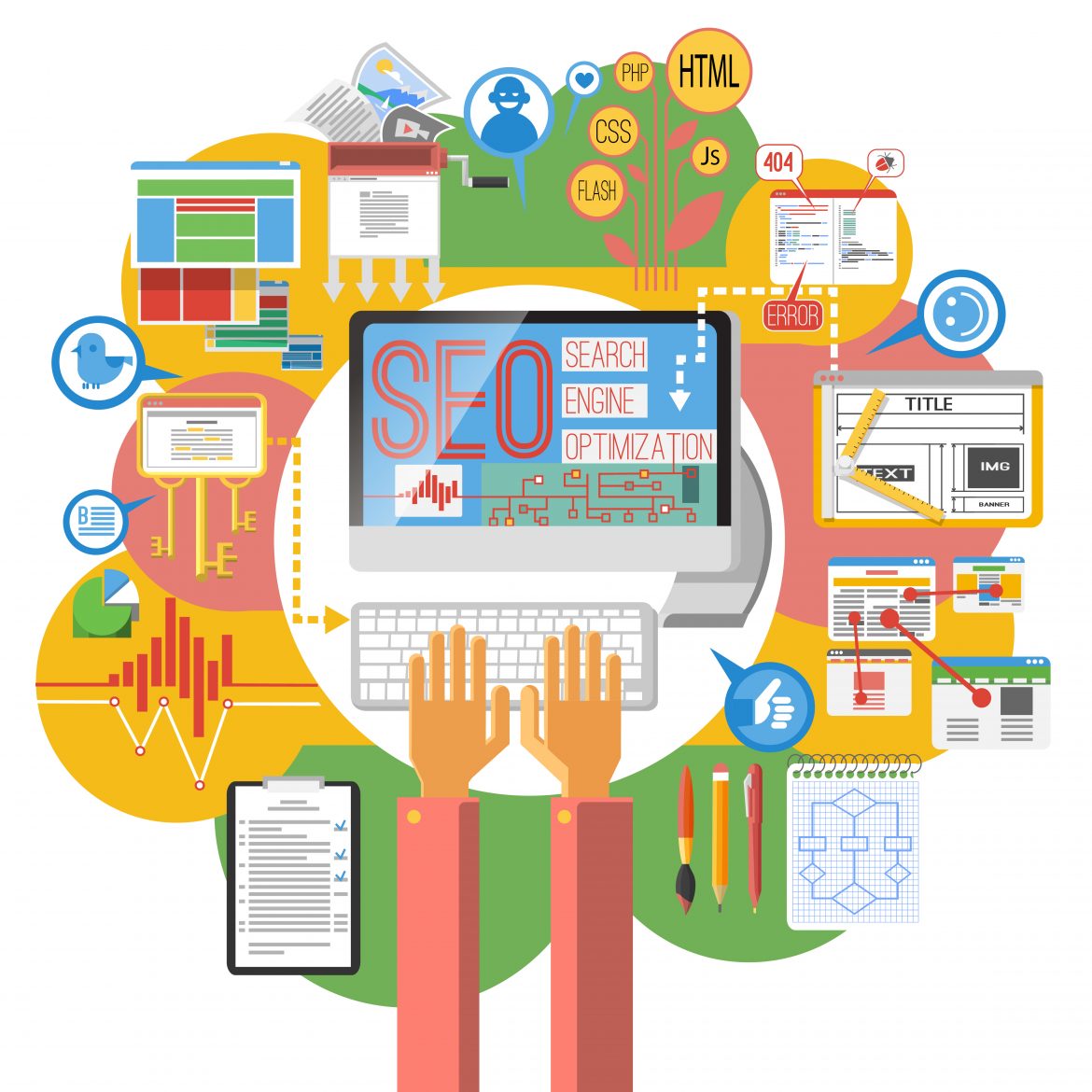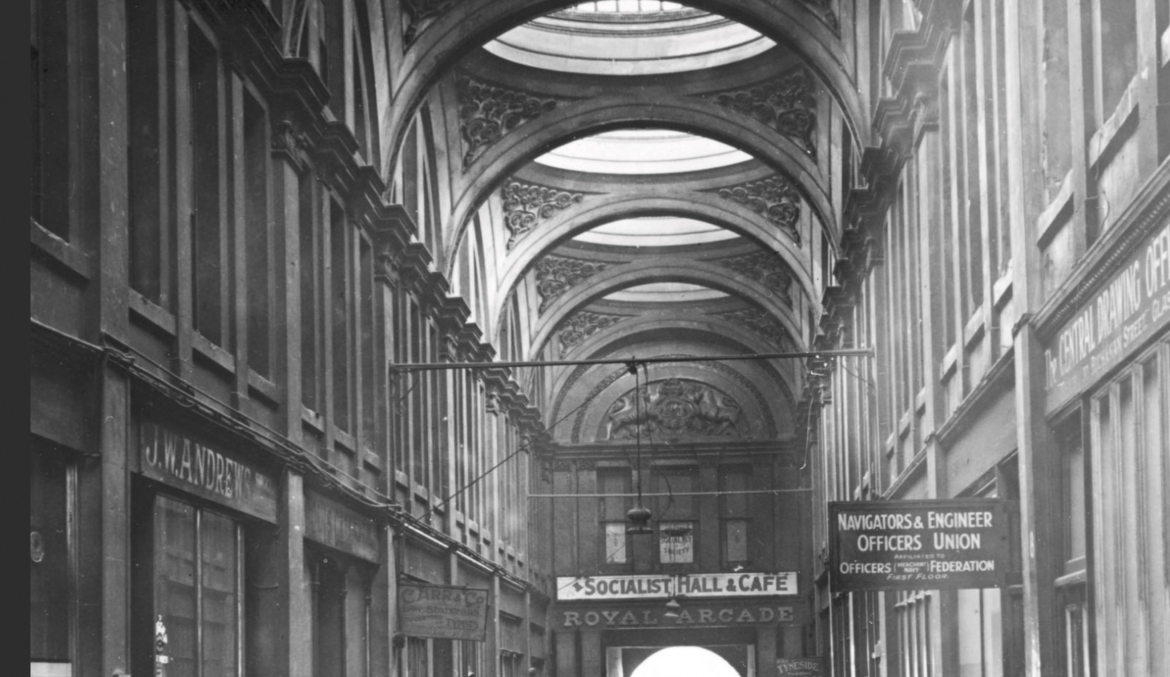The U.S. search landscape is changing faster than ever before. What began as a world dominated by Google’s blue links is now expanding into a dynamic ecosystem of AI-driven answers, voice queries, and generative engines. For businesses that rely on online visibility, this shift represents both a challenge and an opportunity.
To stay competitive, companies are learning to balance two powerful forces — SEO (Search Engine Optimization) and GEO (Generative Engine Optimization). Together, they form the foundation of what’s next for digital marketing in America.
From Traditional SEO to Intelligent Optimization
For years, SEO has been the engine of online growth in the U.S. market. It focused on optimizing websites for Google’s algorithms — improving content, speed, and authority to earn higher rankings. Businesses that mastered keyword targeting, backlink strategies, and local optimization gained a measurable edge.
But the arrival of AI search has changed how users find information. Tools like Google’s AI Overviews, ChatGPT, Perplexity, and Bing Copilot now summarize answers directly for users — often without them ever clicking a link.
That’s where Generative Engine Optimization (GEO) comes in. GEO is the evolution of SEO — optimizing content so that AI systems recognize, reference, and reuse it when generating answers.
What Makes GEO Different from SEO
While SEO focuses on ranking content, GEO focuses on inclusion in AI-generated responses. Search engines and large language models (LLMs) now rely on structured data, factual consistency, and contextual relationships between topics — not just keywords.
In GEO, the goal isn’t just to appear on the first page of Google; it’s to be cited or mentioned when an AI explains something to a user. That means brands must optimize for accuracy, authority, and context, rather than keyword density or link volume alone.
For example, when a user asks, “What’s the best roofing company in the U.S.?” Google’s AI Overview or ChatGPT doesn’t return 10 links. It generates an answer — pulling from multiple trusted sources. A business that’s GEO-optimized is far more likely to be referenced in that answer, even if the user never visits their site.
The U.S. Market: A Perfect Storm of Innovation
The American digital marketing industry is leading the global transition to GEO and AI-assisted search. Over the past year, major updates from Google and OpenAI have pushed agencies to adapt faster than ever.
Top agencies across the country are combining SEO fundamentals — like keyword strategy, site speed, and content authority — with GEO enhancements such as schema markup, AI-readable Q&A content, and verified factual data.
This hybrid approach is defining the new U.S. standard for digital marketing. The focus has shifted from ranking to relevance — and from short-term clicks to long-term trust signals.
Even established firms, including several Top National SEO Agency contenders, are retooling their methods to integrate GEO practices. These forward-thinking agencies are helping clients appear not just in search engines, but inside the conversations that AI tools are now leading.
How Businesses Can Adapt
To compete in the evolving U.S. GEO and SEO market, businesses need to:
- Update their SEO foundations. Ensure fast, secure, mobile-friendly websites with strong on-page optimization.
- Implement structured data. Schema markup helps AI systems interpret and reference information accurately.
- Focus on authoritative content. Publish well-researched, trustworthy material written or reviewed by experts.
- Track AI visibility. Monitor when your brand is mentioned or summarized in generative search tools.
- Collaborate with modern agencies. Partner with teams that understand both SEO and GEO to maximize reach.
The Future of Search in the U.S.
The line between SEO and GEO will continue to blur as AI reshapes how users interact with information. Businesses that evolve now — combining traditional SEO performance with generative visibility — will hold a decisive advantage.
The U.S. digital marketing market isn’t just optimizing for search engines anymore. It’s optimizing for intelligence — ensuring that AI systems know, trust, and recommend your brand.
In this new era, it’s not just about who ranks highest — it’s about who gets recognized by the machines shaping tomorrow’s search experience.









